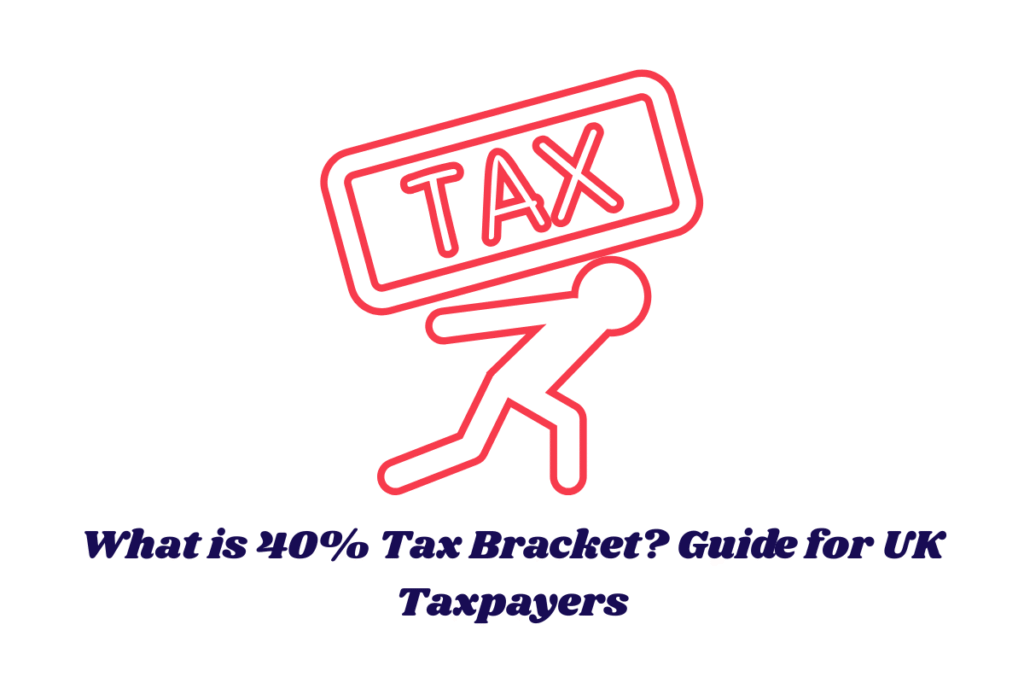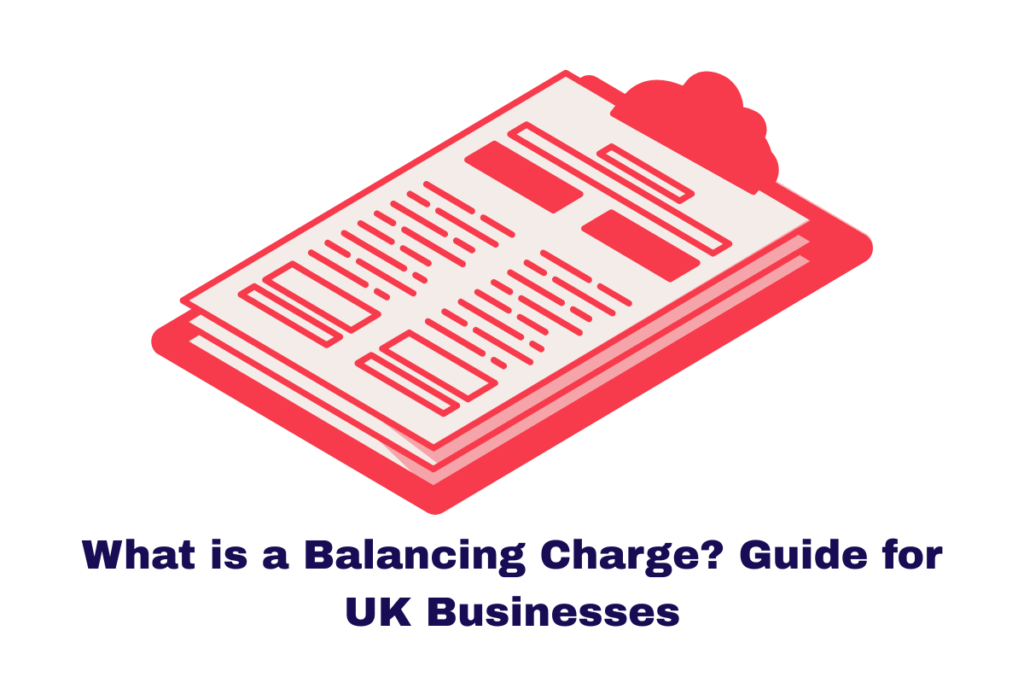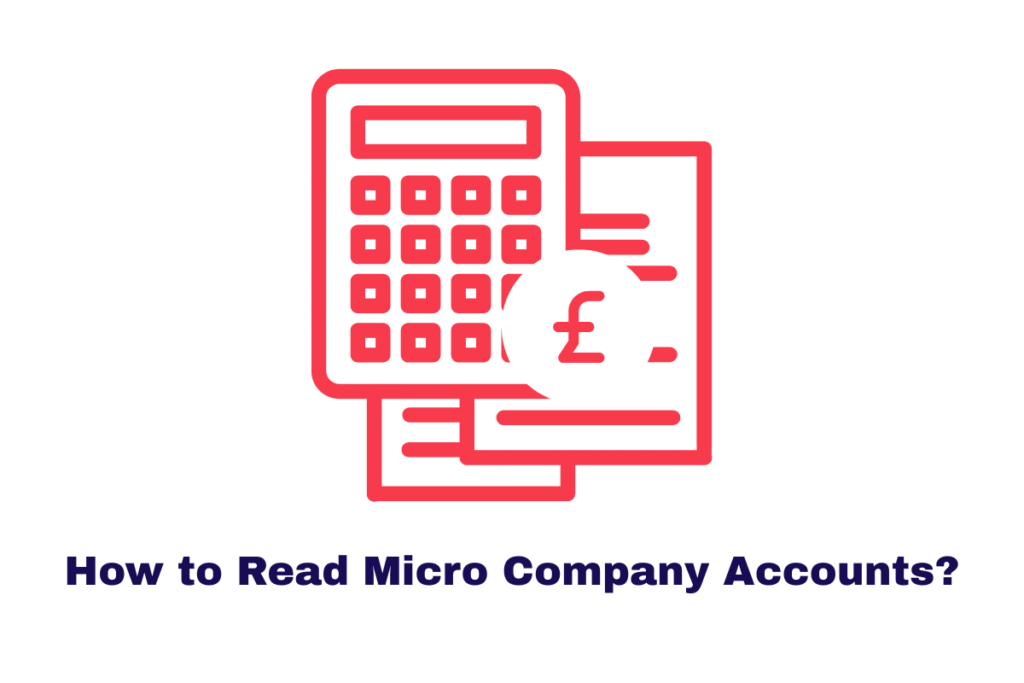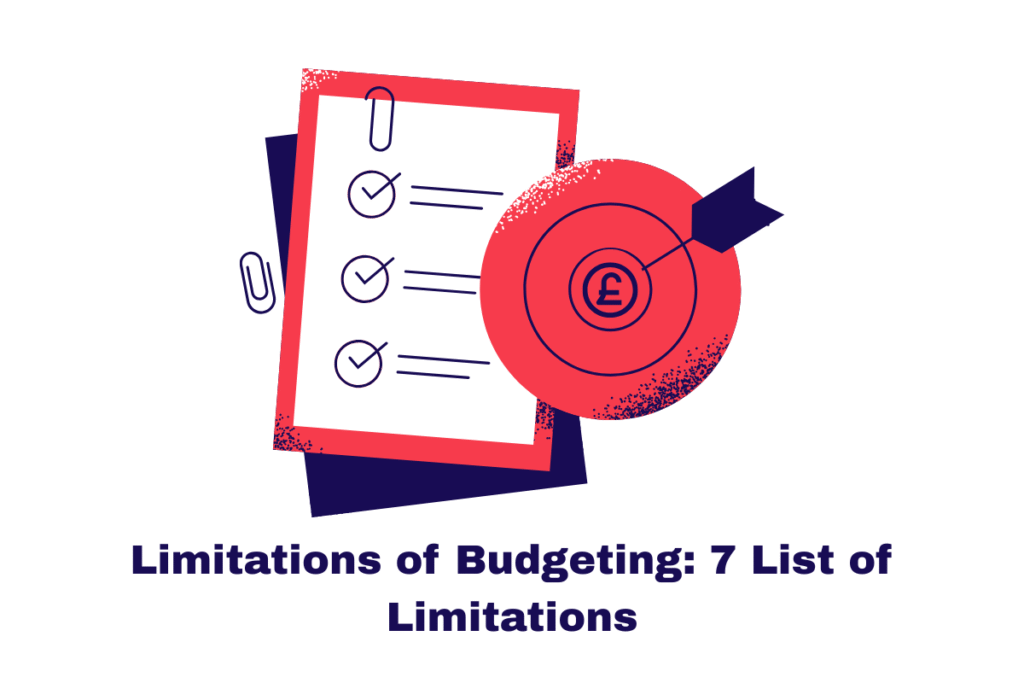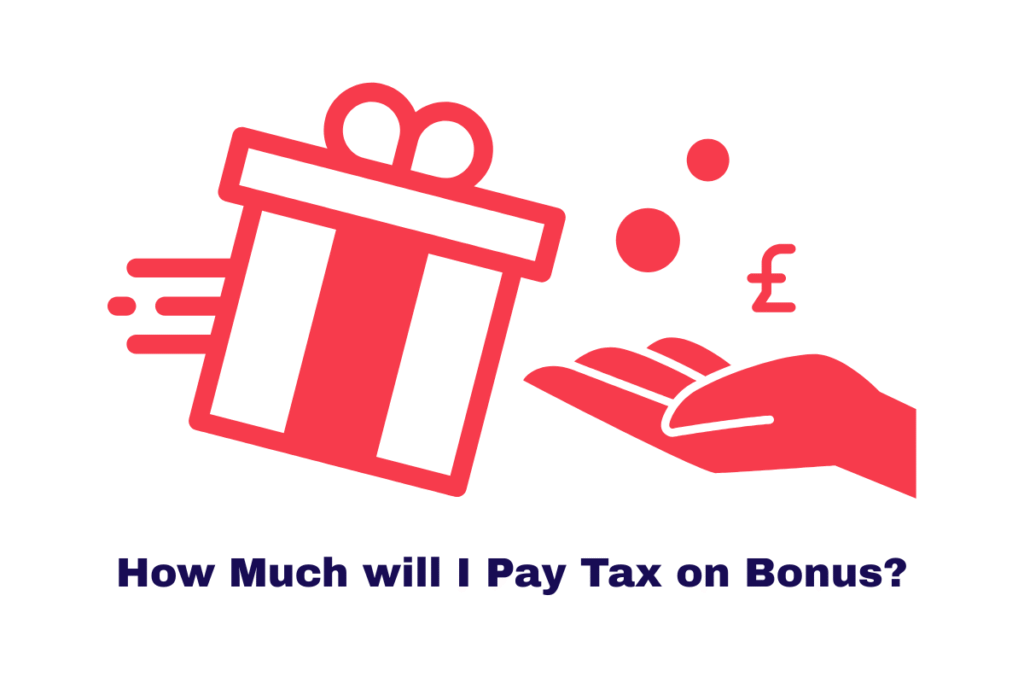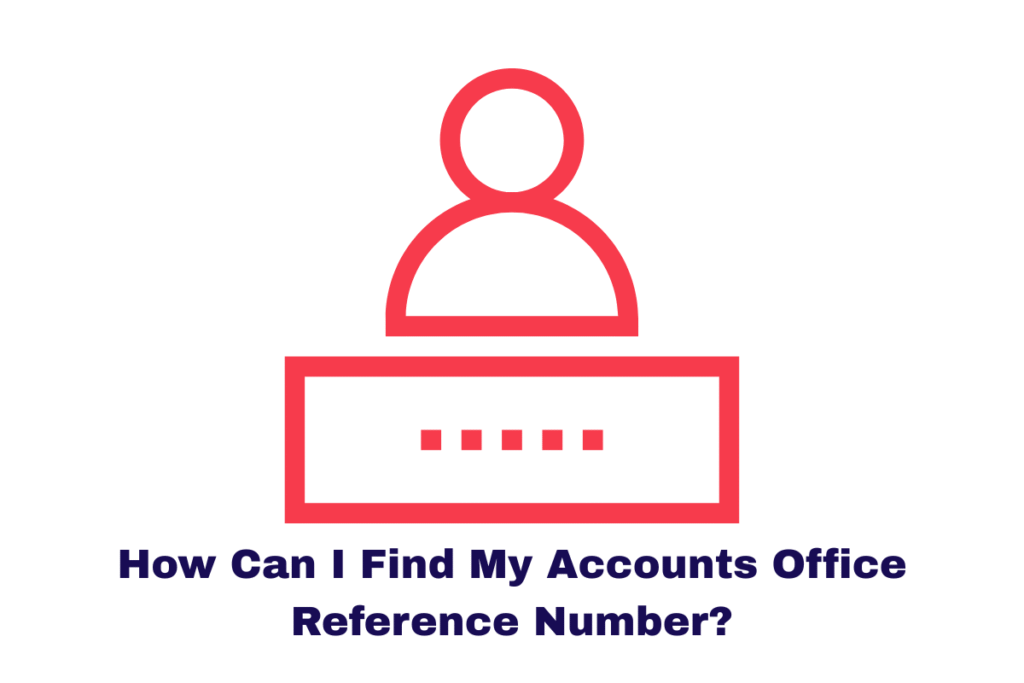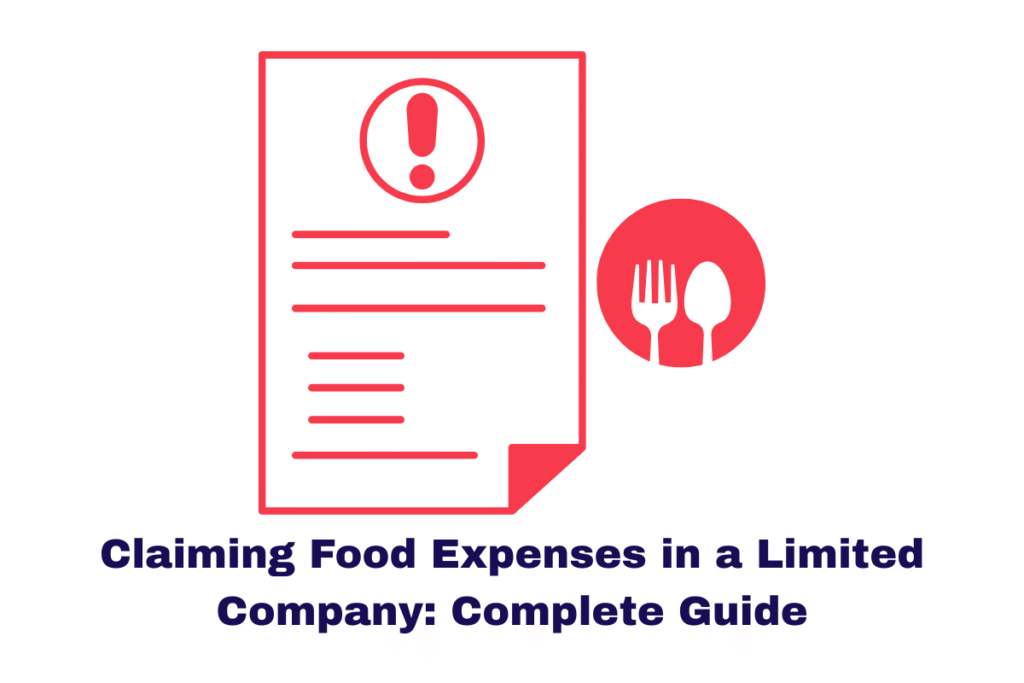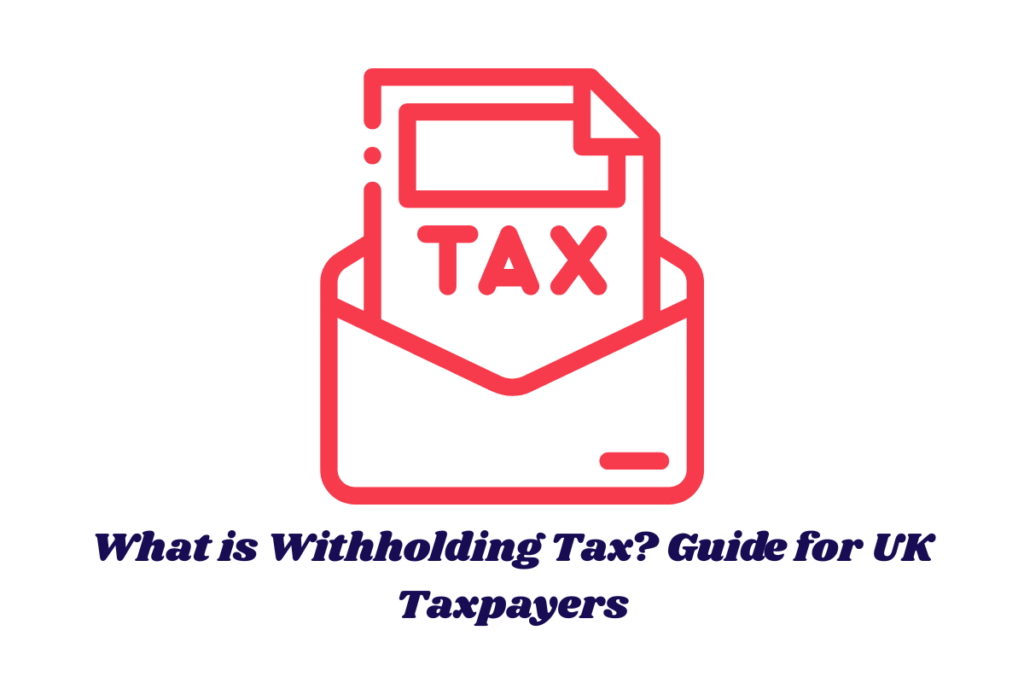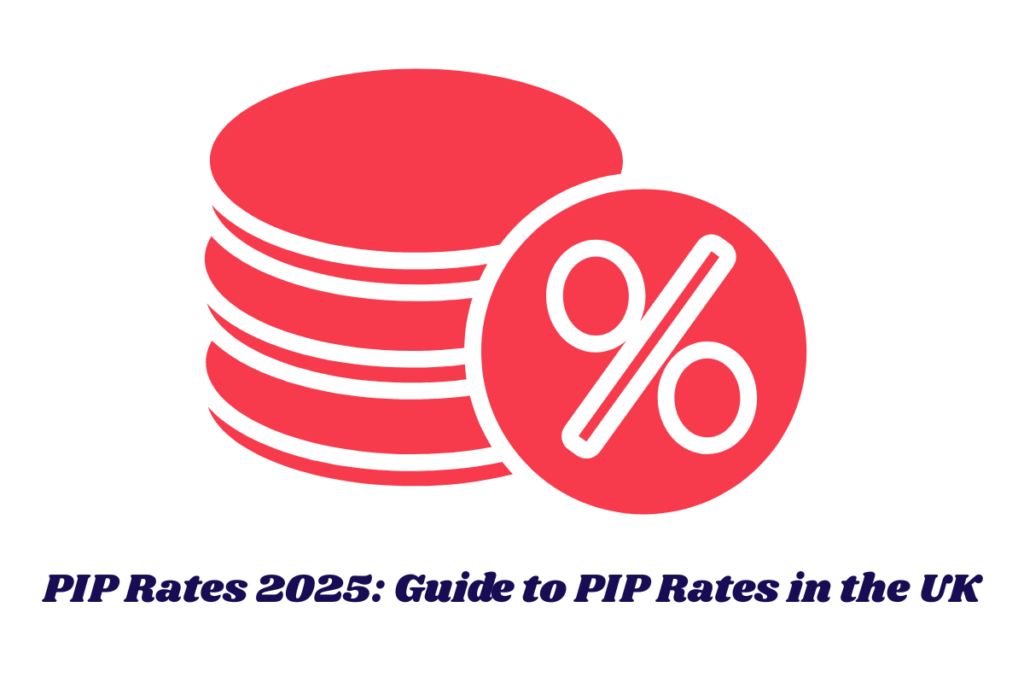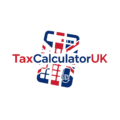The 40% tax bracket in the UK, officially known as the Higher Rate of Income Tax, applies to individuals earning between £50,271 and £125,140 in the 2025 tax year, according to HMRC.
Income within this range is taxed at 40% after the personal allowance is deducted. Understanding how this bracket works helps taxpayers plan for deductions, pension contributions, and other reliefs that can legally reduce taxable income.
Understanding the UK Income Tax System
Before diving into the specifics of what is 40% tax bracket, it’s essential to grasp the structure of the UK income tax system.
The system is progressive, meaning the more you earn, the higher the percentage of tax you pay on the top portion of your income. For the 2025 tax year (6 April 2025 to 5 April 2026), there are multiple income tax bands in England, Wales, and Northern Ireland:
| Band | Taxable Income | Tax Rate |
| Personal Allowance | Up to £12,570 | 0% |
| Basic Rate | £12,571 to £50,270 | 20% |
| Higher Rate | £50,271 to £125,140 | 40% |
| Additional Rate | Over £125,140 | 45% |
(Source: HMRC Income Tax Rates 2025)
It’s also worth noting that if your income exceeds £100,000, your Personal Allowance begins to taper, reducing by £1 for every £2 earned over that limit. By £125,140, the allowance disappears entirely.
What Is the 40% Tax Bracket?
The 40% tax bracket also known as the higher rate tax band applies to any income you earn above £50,270 and up to £125,140 in the 2025 tax year.
However, this doesn’t mean all of your income is taxed at 40%. Only the income within that range is taxed at the higher rate.
For example, if you earn £70,000 annually, the first £12,570 is tax-free (Personal Allowance), the next £37,700 is taxed at 20% (Basic Rate), and the remaining £19,730 is taxed at 40% (Higher Rate).
You can read more articles on different taxes in the UK:
PIP Rates 2025: Guide to PIP Rates in the UK
What is P800 Refund? How to Claim P800 Refund
What is Withholding Tax? Guide for UK Taxpayers
Marginal vs Effective Tax Rate
It’s important to differentiate between your marginal and effective tax rate. Your marginal tax rate is the highest rate you pay on your last pound of income 40% if you fall into the higher band. But your effective tax rate is the average rate across your total income.
Using the earlier example of a £70,000 salary, your effective tax rate would be much lower than 40% due to the layered band structure.
Who Falls into the 40% Tax Bracket?
In 2025/26, any individual earning more than £50,270 in England, Wales, or Northern Ireland will enter the 40% tax bracket. This includes:
- High-income professionals
- Self-employed individuals with significant profits
- Company directors and shareholders drawing large dividends
- Landlords with substantial rental income
In Scotland, income tax bands are different and managed by the Scottish Government. Refer to Scottish Income Tax Bands for more detail.
How to Reduce Your Tax Bill in the 40% Bracket
Being in the 40% tax bracket doesn’t mean you have no control over your tax liability. There are several HMRC-recognised strategies to legally reduce your taxable income:
1. Pension Contributions
Contributing more to your pension scheme can significantly reduce your taxable income. Pension contributions are made from gross salary, and higher-rate taxpayers can also claim additional relief via their tax return.
They can claim additional relief via Self Assessment Tax Returns.
2. ISA Investments
Income and gains within ISAs are completely tax-free. Consider utilising your ISA allowance of £20,000 per year.
Learn more: ISA Rules – GOV.UK
3. Gift Aid Donations
When you donate to charity through Gift Aid, you can claim back the difference between the basic and higher rate. For example, for a £100 donation, the charity claims £25 from HMRC, and you can claim back an additional £25 through your Self Assessment.
4. Salary Sacrifice Schemes
Some employers allow salary sacrifice for pensions, childcare, or cycle-to-work schemes, effectively lowering your gross income and tax liability.
5. Marriage Allowance & Other Reliefs
While Marriage Allowance doesn’t apply directly to higher-rate taxpayers, other tax reliefs might. If you’re self-employed, you may deduct allowable business expenses to lower your taxable profit.
A Note on Scottish Taxpayers
If you are resident in Scotland, the system works differently. While the rest of the UK’s Higher Rate is 40%, the equivalent bracket in Scotland is the Higher Rate at 42%.
The basic principle of using Pensions and Salary Sacrifice to reduce your taxable income remains the same and is just as effective in Scotland.
What Is Fiscal Drag?
Though the 40% tax bracket hasn’t increased in recent years, wages have. This leads to “fiscal drag,” where more people get pushed into the higher rate bracket even if their earnings haven’t increased in real terms.
The government has frozen thresholds until April 2028, meaning without changes, more middle-income earners will be affected.
What Is My Tax Code and Why Does It Matter?
HMRC assigns a tax code to all employees under PAYE. Your tax code indicates how much Personal Allowance you’re entitled to. For the 2025 tax year, the common code is 1257L. If you’re in the 40% bracket, having an accurate code ensures you’re paying the correct tax.
Check your tax code on your payslip or via the HMRC Personal Tax Account.
Will the 40% Tax Bracket Change?
Yes, but not immediately. Though historically tax rates have shifted—such as the dramatic cuts during the Thatcher era—the 40% band has remained unchanged since 1989. The government’s recent freeze means this rate and its threshold are locked in until 2028.
Any future changes will likely be announced in the annual Budget. Stay informed via HM Treasury Updates.
The Bottom Line
Understanding what is 40% tax bracket is essential for UK taxpayers, especially those earning above the basic rate threshold. With smart financial planning—such as contributing to pensions, using ISAs, and taking advantage of allowances—you can minimise the amount of income taxed at 40%.
Always consult a qualified accountant or tax adviser before making financial decisions. At taxcalculatorsuk.co.uk, we provide free tools and expert advice to help you navigate UK tax laws with confidence.
Let us help you calculate your exact tax liability with our Income Tax Calculator and stay ahead of changes in the 40% tax bracket.
The content provided on TaxCalculatorsUK, including our blog and articles, is for general informational purposes only and does not constitute financial, accounting, or legal advice.
You can also visit HMRC’s official website for more in-depth information about the topic.
